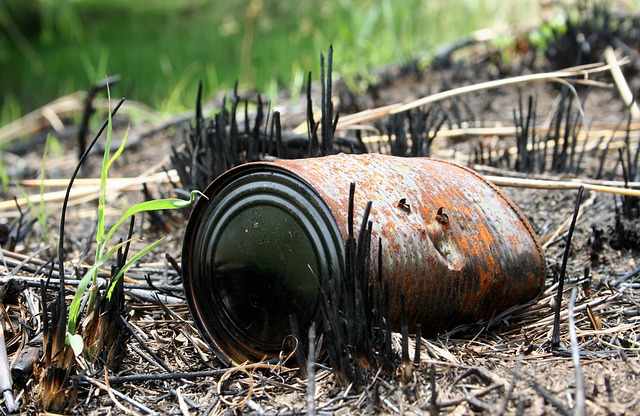Texas wildfires burn over 1.26m acres. Aon says hundreds of millions in losses possible

Devastating wildfires burning in the state of Texas now encompass more than 1.26 million acres of land, with one fire becoming the largest in Texas history and broker Aon says that the fire event could cause economic and insured losses in the hundreds of millions of dollars.
Strong winds have fanned the flames of what were at first looking like manageable wildfires, but have now spread rapidly across parts of the Texas Panhandle region.
Officials in the state say there are now 131 fires burning, with more than 1.26 million acres covered by the wildfires.
The same state officials also say it is too early to report on the number of properties damaged and burned by the fires, but reports across local media and social media suggest this will be in the hundreds already, with numerous homes said destroyed and large areas where evacuations have occurred and no responders have entered since.
Risk modeller and analytics firm CoreLogic highlighted that the largest of the fires, the Smokehouse Creek wildfire, located in the Texas Panhandle, has burned over 1 million acres alone and is the largest wildfire in Texas history.
However, CoreLogic also said that this fire was caused by errors with electrical transmission and distribution systems, then was been fueled by the dry, windy conditions and exacerbated by an approaching cold front.
The fact electrical transmission equipment is cited as a possible cause of the wildfire will bring back memories of recent California fire seasons, where electrical utilities were deemed responsible for fires as their equipment caused them to ignite, resulting in significant subrogation recoveries for the insurance and reinsurance market.
It’s far too early to suggest any subrogation claims will ensue in Texas, but it is worth keeping an eye on as these ongoing wildfires continue to spread.
Authorities have cautioned that the fire weather will worsen into the weekend, saying, “The potential for wildfire activity will increase for the Plains on Saturday and more so on Sunday when strong winds are possible across West Texas.”
“Strong winds and warm temperatures have resulted in grasses drying across many portions of Texas,” explained Wes Moorehead, Texas A&M Forest Service Fire Chief. “As firefighters continue to suppress active fires, we urge Texans to be cautious with any outdoor activity that may cause a spark.”
Insurance and reinsurance broker Aon’s Impact Forecasting team provided an update on the Texas wildfires, saying, “As of March 1, local authorities report three major ongoing active fires in the Texas Panhandle (see Graphic above). The Smokehouse Creek Fire has impacted the Texas communities of Canadian, Glazier, Pampa, and Miami, as well as part of western Oklahoma. As of this writing, about 50% of this fire has been contained. The nearby Windy Deuce and Grape Vine Creek fires have been partially contained.
“Across Morre, Hutchinson, and Potter counties, two persons have been killed while around 100 homes and dozens of vehicles have been damaged. At least 13 more homes have also been destroyed in Oklahoma. The dangerous fire prompted evacuations of more than 6,500 people across the affected area, according to the Federal Emergency Management Agency (FEMA). At least 60 counties declared a disaster situation.”
While it’s far too early for damage assessments, Aon acknowledged this could prove a costly event, in Texas wildfire terms.
“Although the event is still unfolding, given the current damage assessments, total economic and insured losses could reach into the hundreds of millions of USD,” the broker explained.
In the catastrophe bond market, there are a number of US multi-peril transactions that feature wildfire as one of the covered perils and so have exposure in the state of Texas.
These are largely sponsored by big national carriers, such as USAA, Allstate, Nationwide, Farmers, AmFam, and Progressive, while there is also one of Fidelis’ retro cat bonds that has US wildfire included.
It seems the biggest threat would be to aggregate catastrophe bonds, in terms of additional erosion of retention layers if the Texas fires drive a relatively significant insurance and reinsurance market loss. But, as one contact pointed out, wildfires have surprised the ILS market to the downside before.
Greater clarity on the damage caused and potential for insured losses is needed before any ILS market exposure could be identified and confirmed.






